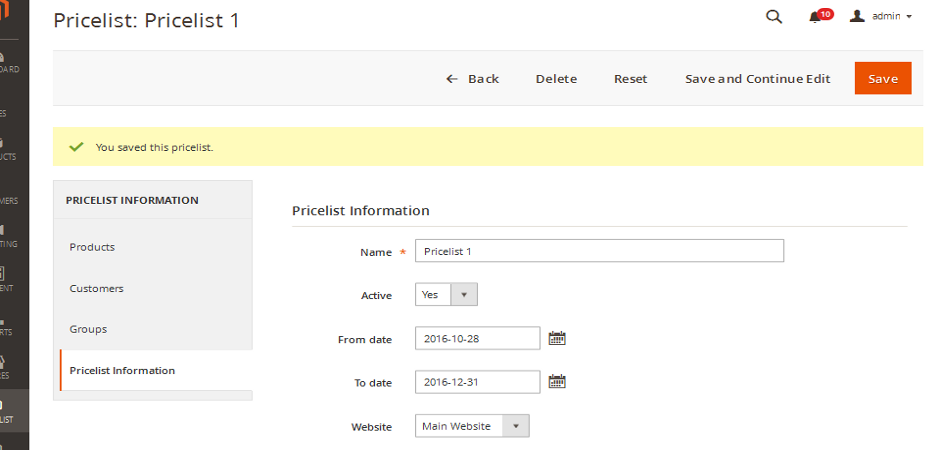

- #Magento 2 set private cache how to
- #Magento 2 set private cache install
- #Magento 2 set private cache code
max-age=2592000 lets you set the expiry time with the matched file types.FilesMatch allows you to match file type with their extensions.ExpiresDefault specifies the default expiry time in seconds.ExpiresActive On activates the expiry rules.Using mod_header gives you greater control flexibility over the expiry date and how browsers cache your files, let’s examine how: You could also modify the directives to suit your needs. Header set Cache-Control “no-store, no-cache, must-revalidate, max-age=0” Header append Cache-Control “private, must-revalidate”

# Set up 2 Hour caching on commonly updated files Header set Cache-Control “max-age=2592000, public” Header set Cache-Control “max-age=2592000” htaccess file to enable caching with mod_header and set the expiry time.
#Magento 2 set private cache code
Place this code in your domain’s root directory’s. The module gives you a lot more flexibility over the type of caching and when to apply it. You could enable website cache for newer browsers using the mod_header or cache-control directives. Module mod_headers (Cache-Control Header) The default login URL is (don’t forget to replace with your actual domain).Ĭopy and paste the code into the editor and save. Step 1: Log into SPanel’s User Interface. htaccess file if you don’t have it already.
#Magento 2 set private cache how to
Now, let’s examine how to add the cache directives to the. Please don’t forget to place the cache directives between the and tags. We recommend setting a one-day (that’s 86,400 seconds) expiration date for CSS file s and up to a month (A2592000) files that will likely not change so much soon. The default expiry date kicks in if you don’t specify an expiry date for any file type.

Of course, this is because older browsers use mod_expires and ignore mod_headers (cache-control), while modern browsers prefer mod_headers. Using the two modules’ site cache directives ensures that you reliably cache all web files.
#Magento 2 set private cache install
We install the modules on our servers by default, so you don’t have to worry about that, but you could contact our support if you don’t have the modules enabled for your server. You could set up site cache and auto-clearing by enabling at least two Apache modules - mod_expires and mod_headers -for your server. htaccess file-a server configuration file that lets users make changes to their server settings. You can enable caching on WordPress quickly using plugins like W3 Cache or WP Super Cache and then clear the site cache from your WordPress backend.īut this article guides you on enabling and clearing site cache automatically via your. Website caching stores web files temporarily in the local browser cache and loads the cached files any time the visitor visits, which helps speed up the website, save server resource consumption and reduce CPU seconds usage. Browser caching improves server performance and site speed, making the browsing experiences more fluid and seamless.


 0 kommentar(er)
0 kommentar(er)
